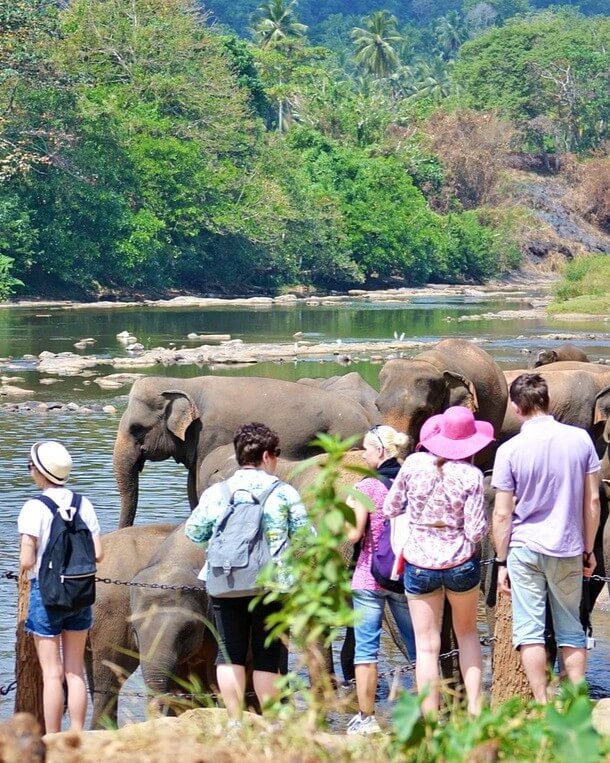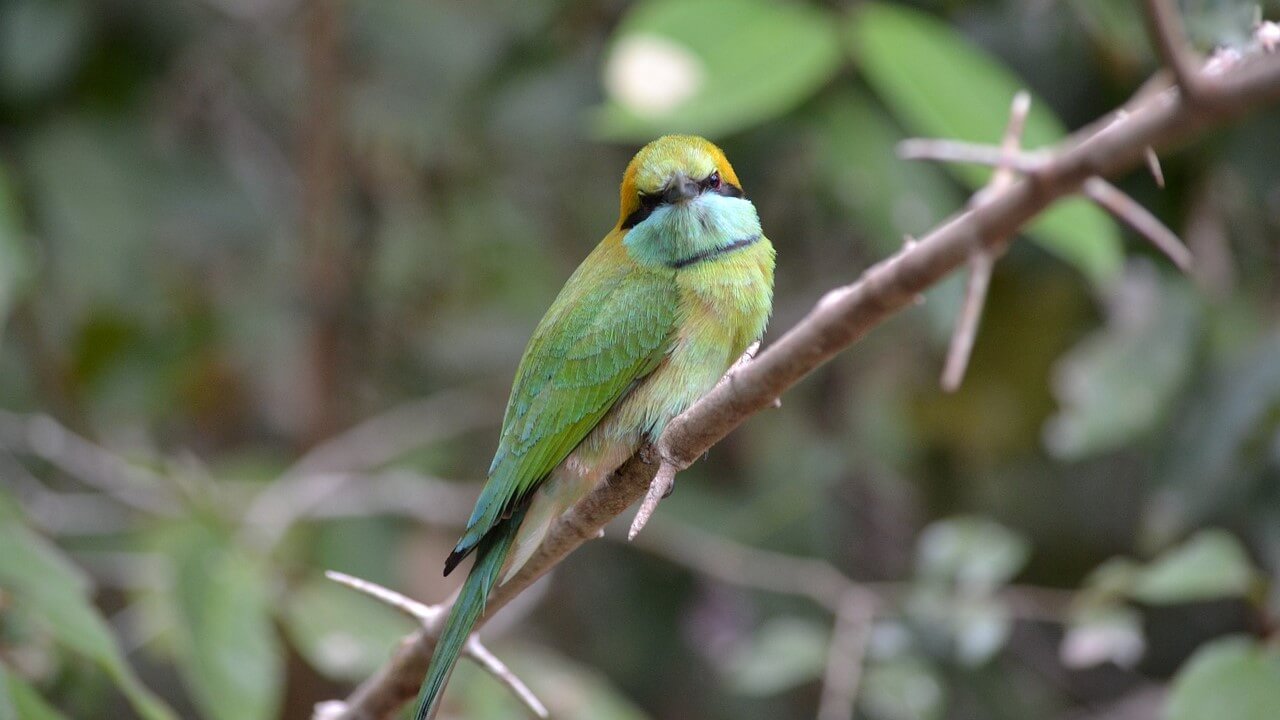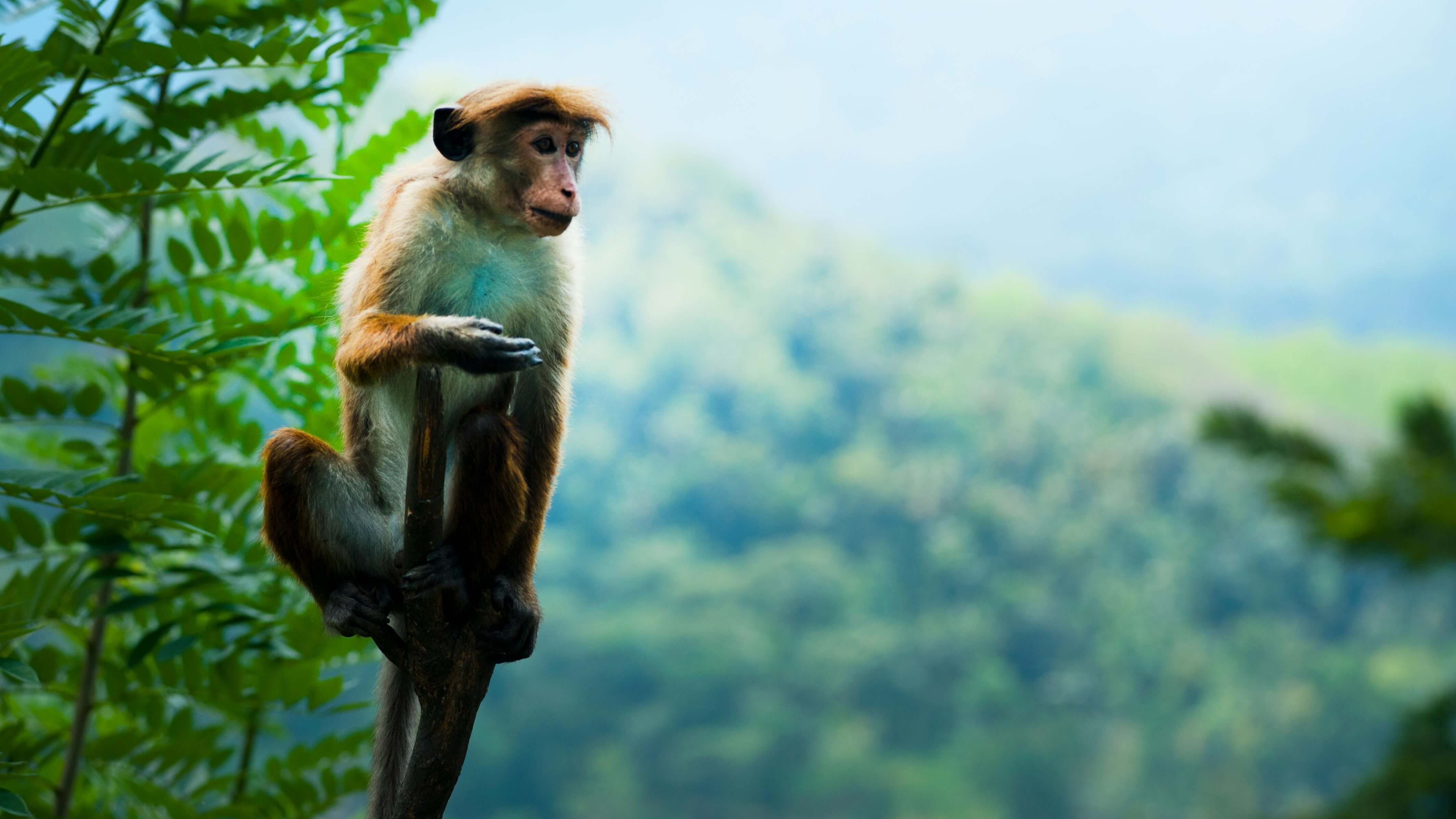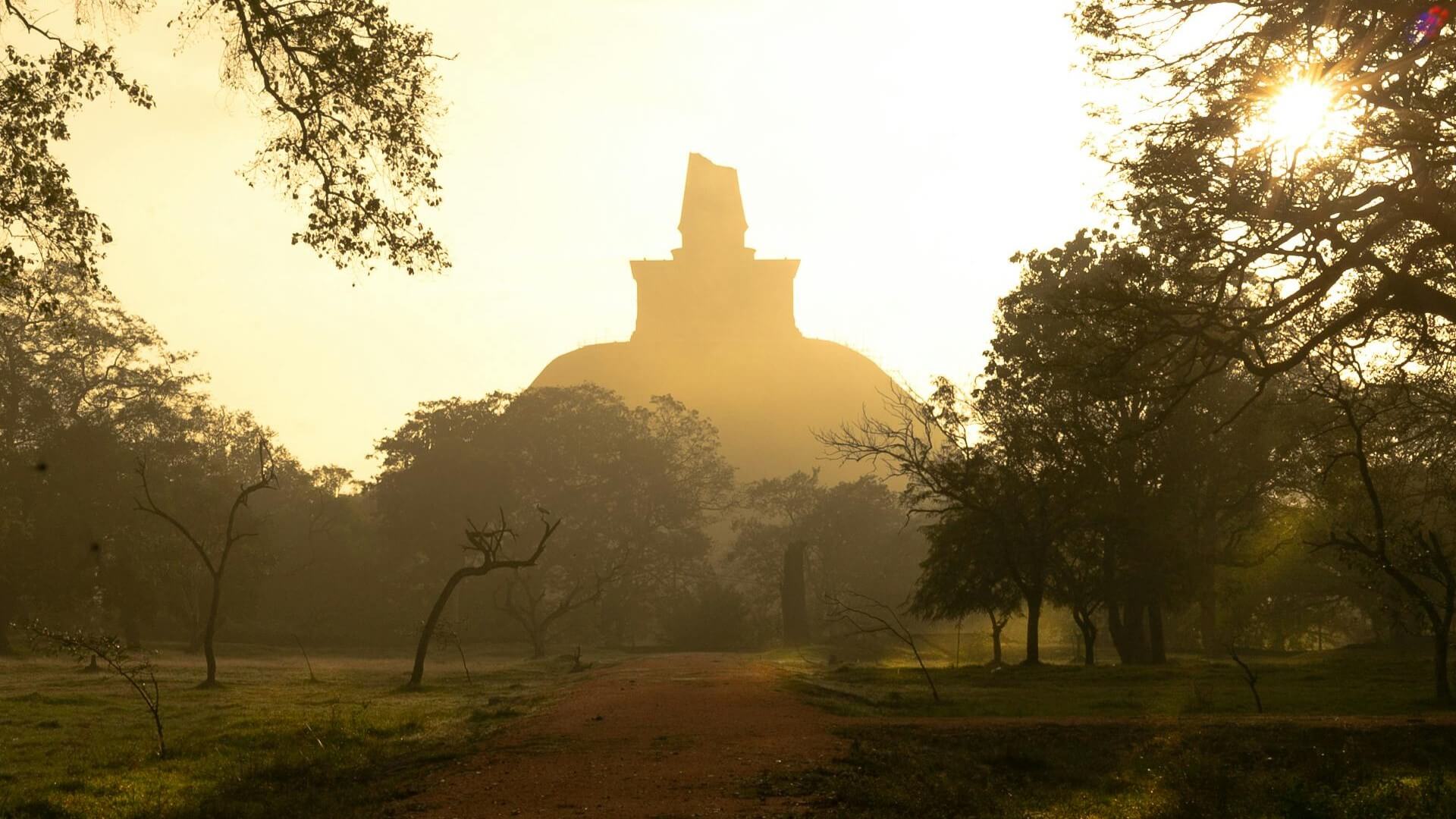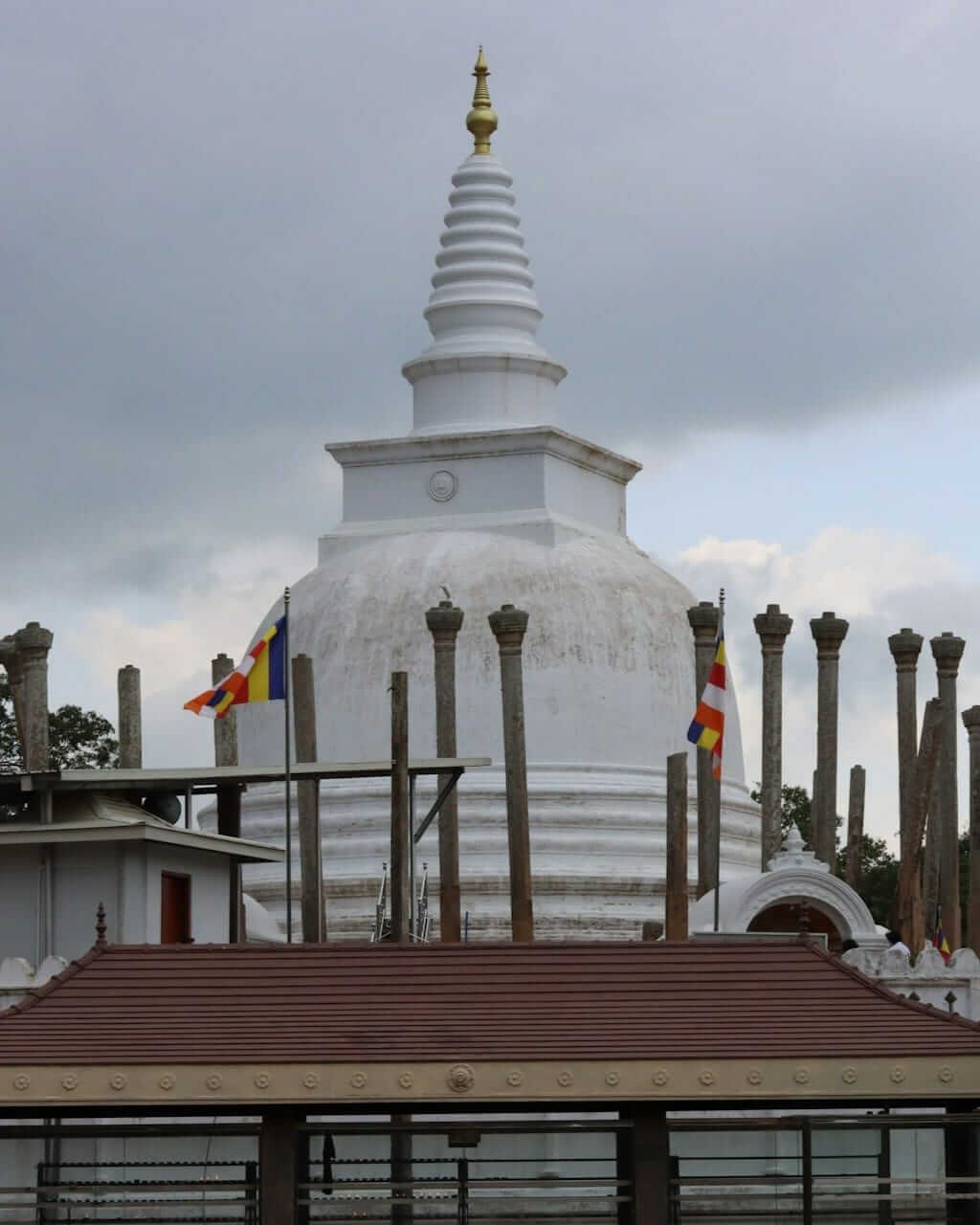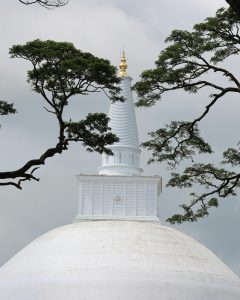MIHINTALE
-The Sacred Birthplace of Buddhism in Sri Lanka!
Mihintale is one of the most sacred Buddhist sites in Sri Lanka. Located near Anuradhapura, this ancient hill is believed to be the place where Buddhism was first introduced to Sri Lanka in 247 BC. Today, Mihintale is a peaceful pilgrimage site with ancient stupas, stunning rock formations, and breathtaking views. Visitors can explore historic ruins, climb the sacred rock, and experience the spiritual atmosphere of this holy site.
Mihintale is especially significant during Poson Poya, the sacred day that marks the arrival of Buddhism in Sri Lanka. Thousands of pilgrims visit Mihintale every year to honor this historic event.
Introduction
Mihintale is an important Buddhist pilgrimage site in Sri Lanka. It is believed that Arahat Mahinda, the son of the great Indian Emperor Ashoka, met King Devanampiya Tissa here and introduced Buddhism to the island. This event marked the beginning of Sri Lanka’s Buddhist heritage. Today, Mihintale is a site of religious and historical significance, attracting thousands of pilgrims and tourists.
HISTORICAL SIGNIFICANCE
Arrival of Buddhism in Sri Lanka
In 247 BC, Emperor Ashoka of India, a great supporter of Buddhism, sent his son Arahat Mahinda to Sri Lanka to spread the teachings of the Buddha.
At Mihintale, Arahat Mahinda met King Devanampiya Tissa, who was ruling Sri Lanka at the time. The meeting took place in a mango grove, where the monk tested the king’s intelligence through a series of questions. Impressed by the wisdom of Buddhism, the king accepted the new religion.
Following this event, Buddhism quickly spread across Sri Lanka, influencing the country’s culture, governance, education, and way of life. It also led to the construction of stupas, monasteries, and temples, many of which still stand today.
Development of Mihintale as a Monastic Complex
After Buddhism arrived, Mihintale became a large Buddhist monastery with thousands of monks.
Sri Lankan kings built stupas, temples, meditation caves, and water ponds to support the monks and their religious activities.
Even today, Mihintale remains a sacred pilgrimage site where thousands of Buddhists visit every year, especially during Poson Poya in June, which celebrates the arrival of Buddhism in Sri Lanka.
KEY ATTRACTIONS IN MIHINTALE
The Sacred Mihintale Rock
- A 1,000-step climb leads to the top of the rock.
- Offers breathtaking panoramic views of the surrounding landscape.
- The rock is where Arahat Mahinda preached Buddhism to the king.
Ambasthala Dagoba (Stupa of the Mango Tree)
- This is the most sacred stupa in Mihintale.
- It is believed to mark the exact spot where King Devanampiya Tissa met Arahat Mahinda.
- The stupa is surrounded by stone pillars and features a peaceful, spiritual ambiance.
Aradhana Gala (Meditation Rock)
- A giant rock where Arahat Mahinda meditated.
- Pilgrims and visitors climb this rock to enjoy stunning sunset views.
Kantaka Chetiya (Ancient Stupa)
- Built in the 1st century BC, this is one of Mihintale’s oldest stupas.
- It has beautiful stone carvings and ancient guard stones.
Mihintale Monastery Complex
- This was home to thousands of Buddhist monks in ancient times.
- It includes meditation caves, ancient hospitals, and meeting halls.
- The site reflects the simple yet spiritual lifestyle of Buddhist monks.
Kaludiya Pokuna
- An ancient bathing pond for monks, surrounded by lush greenery.
- The water looks dark due to the reflection of trees, giving it the name “Black Water Pond.”
- A perfect place to relax and enjoy the natural beauty of Mihintale.
ENGINEERING AND ARCHITECTURE OF MIHINTALE
Ancient Stairway (1,840 Steps)
- Mihintale has a grand stone stairway with 1,840 steps leading to the top.
- The steps are made of massive stone slabs, showcasing ancient engineering skills.
- Climbing these steps is a spiritual journey for pilgrims.
Advanced Water Management System
- Mihintale has a complex irrigation system with ancient ponds and reservoirs.
- Kaludiya Pokuna and other ponds provided fresh water for monks.
- These systems were ahead of their time, showing the intelligence of ancient Sri Lankan engineers.
Stone Carvings and Guard Stones
- Mihintale features beautiful stone carvings of Buddha, animals, and sacred symbols.
- Guard stones and moonstones at temple entrances represent protection and spirituality.
RELIGIOUS AND CULTURAL IMPORTANCE
Mihintale is considered the cradle of Buddhism in Sri Lanka.
Every year, thousands of pilgrims visit Mihintale on Poson Poya Day (June), which celebrates the arrival of Buddhism.
The site is still used for meditation and religious ceremonies.
BEST VISITING HOURS
Early morning or evening (cooler and less crowded)
The site is open daily from 7:00 AM to 6:00 PM.
ENTRY FEE
Foreign Visitors: Around $5
Sri Lankan Citizens: Free entry
BEST WAY TO EXPLORE
Walking up the stairway (a spiritual and scenic experience)
Tuk-tuk or private vehicle (for easy access to the entrance)

